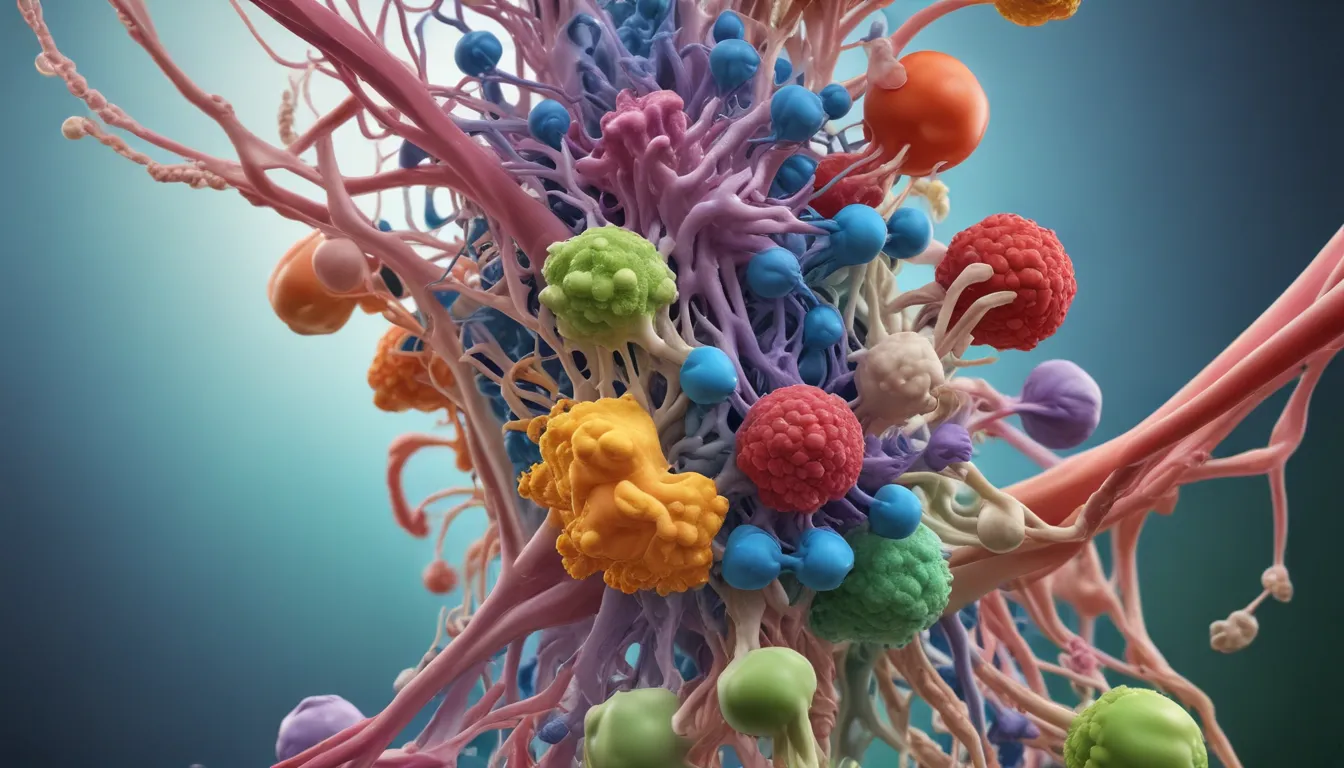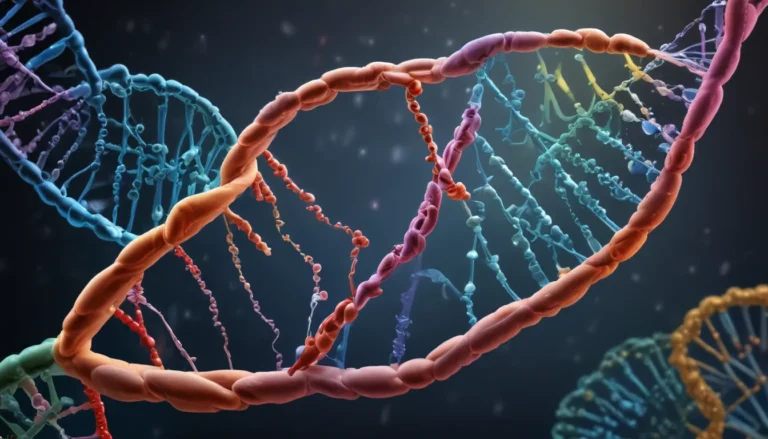A Note About Images: The images used in our articles are for illustration purposes only and may not exactly match the content. They are meant to engage readers, but the text should be relied upon for accurate information.
Welcome to the intriguing realm of G Protein-Coupled Receptors (GPCRs), where these versatile proteins play a paramount role in mediating essential physiological processes within the human body. From transmitting signals to maintaining homeostasis, GPCRs are pivotal in our biological functions. While these receptors are well-known in the realm of biology, there are several surprising and fascinating facts about them that may leave you astounded. Join us on a captivating journey as we explore 15 surprising facts about GPCRs that will broaden your understanding of these intricate components of our biology.
Exploring the Versatility of GPCRs
- GPCRs are versatile proteins found in all living organisms, crucial for processes like vision, smell, and immune responses, making them essential for drug development.
- With over 800 types in humans, GPCRs are involved in cellular signaling with a unique structure allowing interaction with signaling molecules both inside and outside the cell.
Embracing the Ubiquity of GPCRs
- GPCRs are not exclusive to humans or animals; they are present in all living organisms, including bacteria, plants, and fungi.
- These receptors are involved in a myriad of physiological processes, including sensory perception, neurotransmission, hormone regulation, and immune response.
Unveiling the Diversity of GPCRs
- The human genome boasts over 800 different GPCR genes, marking them as one of the largest gene families within our DNA.
- Some GPCRs, known as opsins, are responsible for our ability to perceive light and are crucial for vision.
- Another subset, known as olfactory receptors, governs our sense of smell by detecting various odors.
Bridging GPCRs and Disease
- Malfunctioning GPCRs have been implicated in a spectrum of diseases, from cancer and diabetes to Alzheimer’s and cardiovascular disorders.
- Approximately one-third of all available medications target GPCRs, modulating their activity to address conditions like hypertension, allergies, and mental health disorders.
Delving Into the Mechanisms of GPCRs
- When signaling molecules bind to GPCRs, they initiate a cascade of intracellular events leading to cellular responses.
- GPCRs possess a distinctive structure comprising seven transmembrane domains, enabling interaction with signaling molecules.
Unmasking the Complexities of GPCRs
- Some GPCRs can form heterodimers with other GPCRs, expanding their functional diversity and creating new signaling properties.
- GPCRs can be categorized into different families based on sequence similarity and functional characteristics.
Embracing the Evolution of GPCRs
- GPCRs have a long evolutionary history, adapting to various environmental and physiological changes over millions of years.
- With prolonged activation, GPCRs can undergo desensitization, regulating cellular response and preventing overactivity.
Illuminating the Future of GPCR Research
- Besides binding to specific ligands, GPCRs can also be modulated by allosteric regulation, where molecules bind to regulatory sites and alter receptor activity.
- Given their vital role in cellular processes and disease, GPCRs continue to be promising targets for drug discovery and development.
In conclusion, GPCRs are not just enigmatic components of our bodies; they are intricate proteins that orchestrate essential physiological processes. Their diverse functions and pivotal roles in disease make them a captivating area of study for researchers and a critical target for therapeutic interventions. Dive into the captivating world of G Protein-Coupled Receptors and explore the limitless possibilities they offer for future advancements in healthcare and medicine.
FAQs: Answering Your Curiosities About GPCRs
- What are G protein-coupled receptors?
- How do GPCRs work?
- How many GPCRs are there?
- What diseases are associated with GPCRs?
- Are GPCRs targeted by drugs?
- Can GPCRs be mutated?
- Are GPCRs conserved across species?
- Can GPCRs be targeted for therapeutic purposes?
- Can GPCRs be studied using imaging techniques?
- How are GPCRs classified?
- Are GPCRs involved in sensory perception?
- Can GPCRs be activated by light?
- Are GPCRs involved in the immune response?
- Can GPCRs form complexes with other proteins?
- Are GPCRs involved in drug addiction?
Explore the intriguing world of G Protein-Coupled Receptors and uncover the endless possibilities they hold for advancements in science, medicine, and healthcare. Join us in unlocking the mysteries of these enigmatic proteins and shaping a better future through groundbreaking research and innovation. Trust in our dedication to delivering engaging and reliable content as we navigate the intricate landscape of GPCR biology together.






